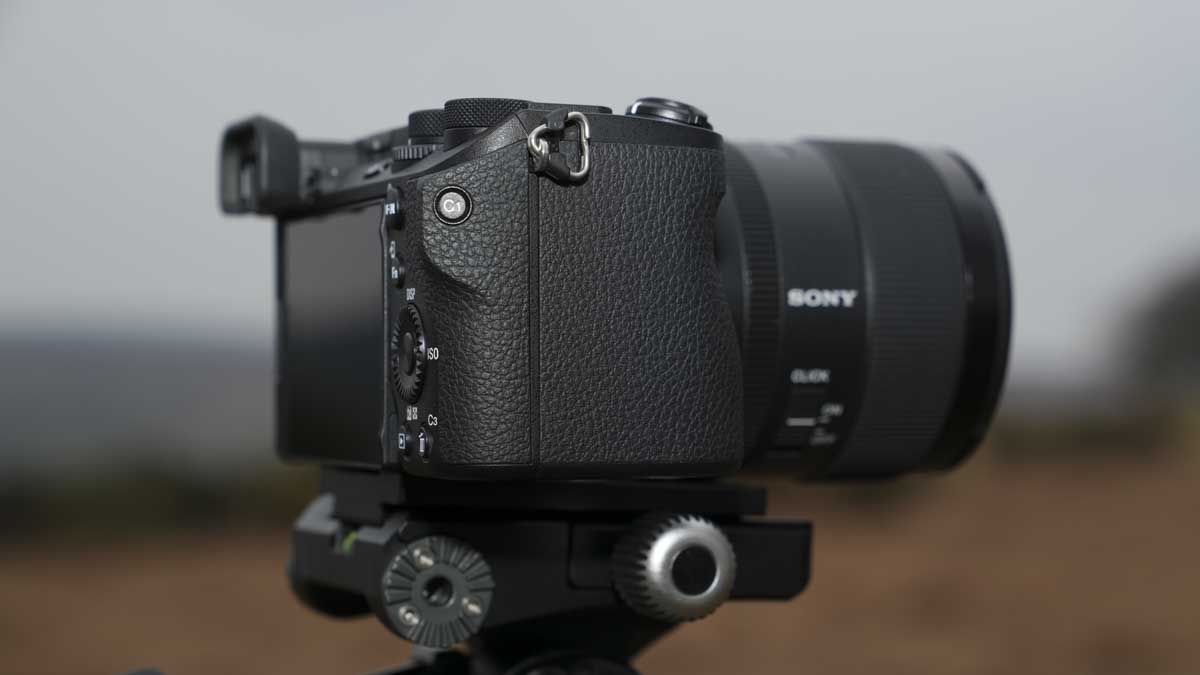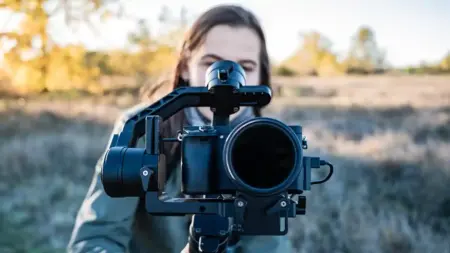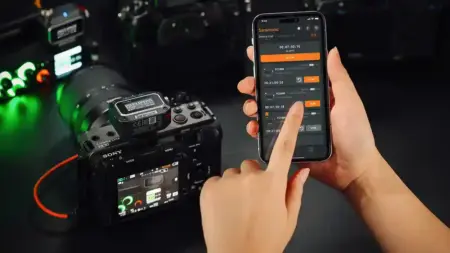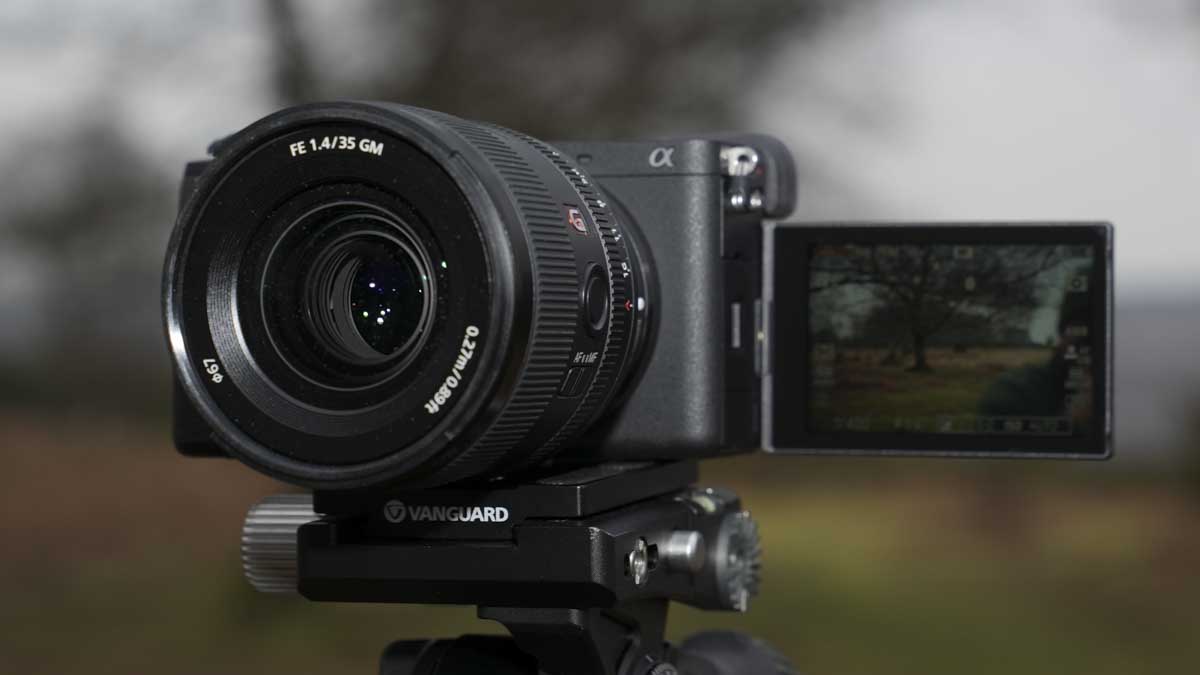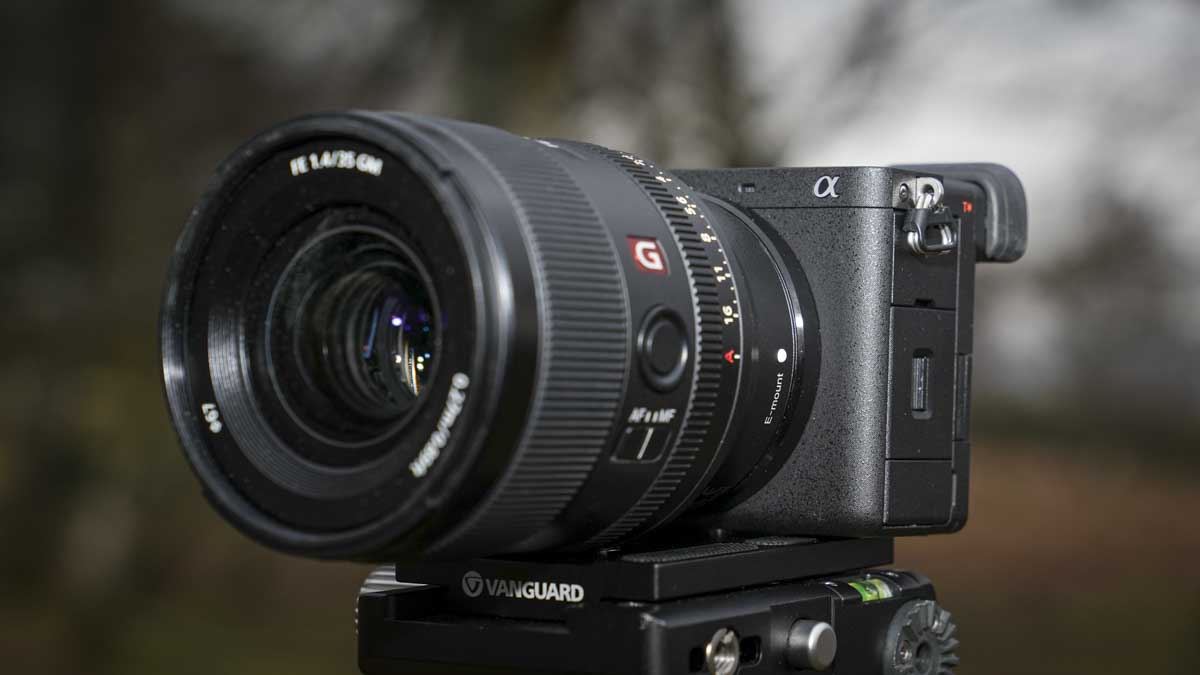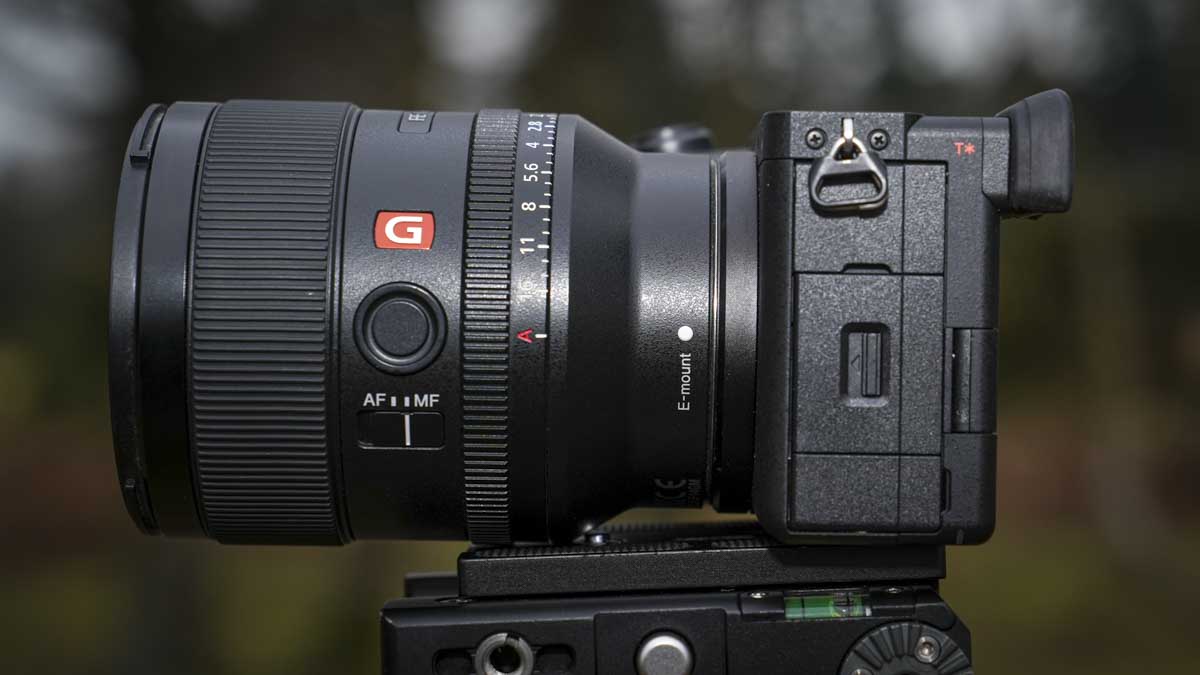In this Sony A6700 Review I take a look at Sony’s flagship APS-C mirrorless camera, sitting above the A6400 and A6100 in the lineup and replacing the A6600. It’s designed for photographers and videographers who need a high-performance camera in a compact, travel-friendly body.
What’s really interesting here is that Sony has brought in features from its full-frame cameras, including an AI-powered autofocus system, the Bionz XR processor, and a much-improved menu system that now includes full touchscreen control. One of the biggest upgrades is the fully articulated vari-angle touchscreen, which makes it far more versatile than the tilt-only screen on its predecessor. Whether you’re shooting from high or low angles, composing in portrait orientation, or recording yourself, the screen is a huge bonus for travel and street photography.
Compared to the A6600, the A6700 brings several improvements for a start there’s the new 26MP sensor that provides a little extra resolution, but the real advantage comes from the faster readout and improved processing. The autofocus is a major leap forward, thanks to AI-driven subject detection that can recognize humans, animals, birds, insects, cars, and more. Video capabilities are also stronger, with 6K oversampling for high-quality 4K footage and 10-bit 4:2:2 recording for those who want more flexibility in post-production. It’s a more responsive camera overall, and the menu system is now much more intuitive, especially with the added touchscreen functionality. However, some things haven’t changed.

As I mentioned in the Our Verdict section there’s still no joystick for selecting focus points, which I really would have liked to have seen and while you do have the touchscreen controls I still feel there’s no beating the old analog approach to some things. The electronic viewfinder also remains the same small 0.39-inch OLED, which feels like a missed opportunity given the competition.
The A6700 goes up against some strong rivals; there’s the Fujifilm X-T5 offers a higher 40MP resolution, a larger 0.5-inch viewfinder, it’s also a more fluid shooting experience with its traditional dials. Then there’s the Canon EOS R7, with it’s dual card slots, deeper grip, and in-body stabilization (IBIS).
While both the X-T5 and R7 have their advantages, the A6700 stands out for its advanced autofocus, strong video capabilities, and compact design, making it one of the most well-rounded APS-C cameras available today. In this Sony A6700 I’ll cover the use and my findings about the camera – However, if you have any questions or comments please leave them in the comments box below.
